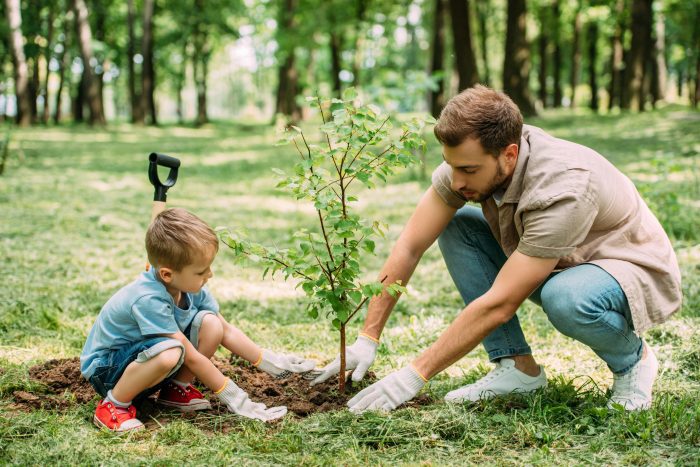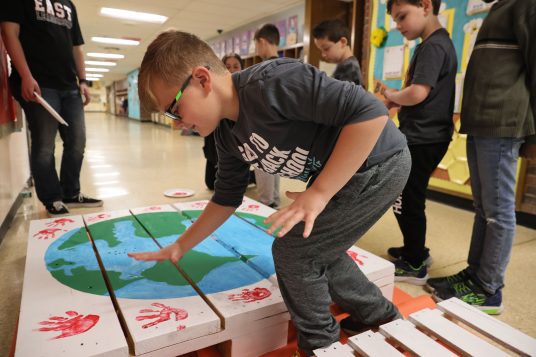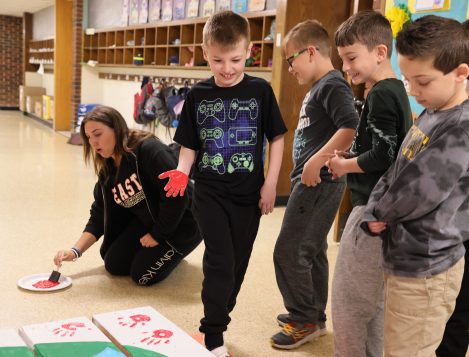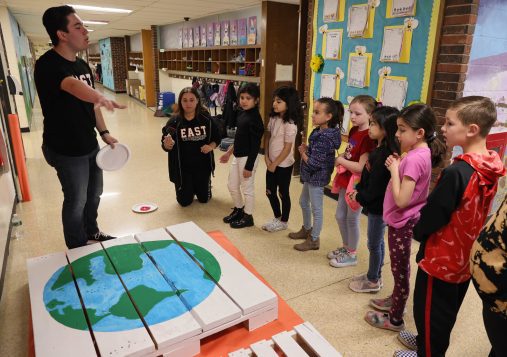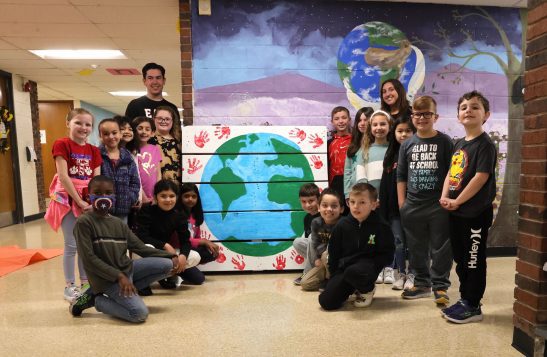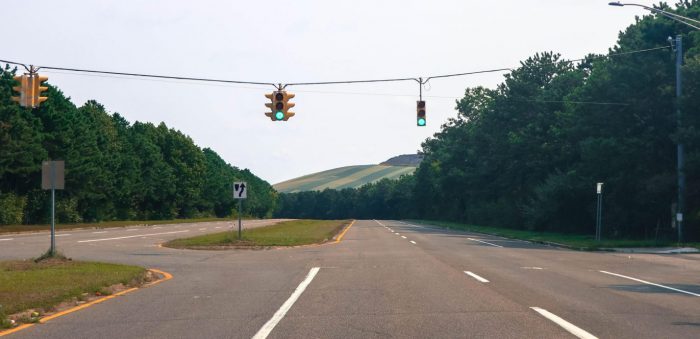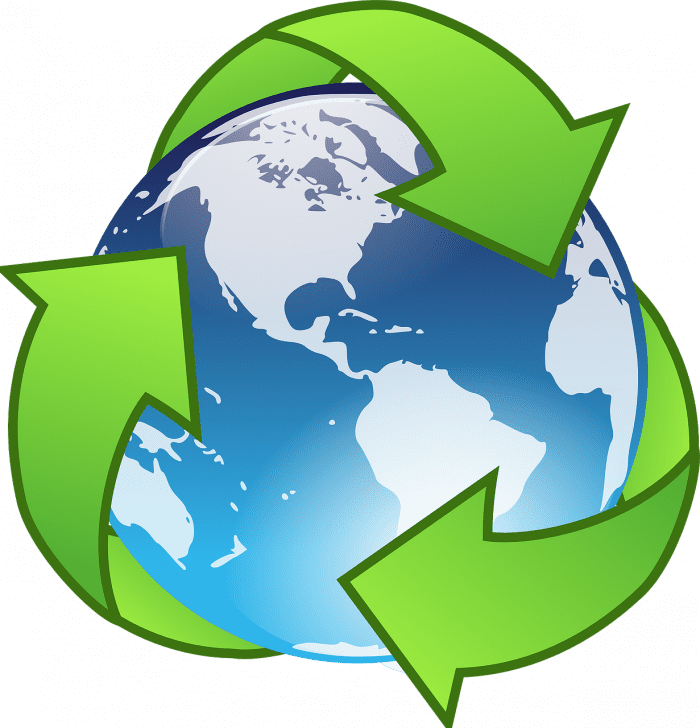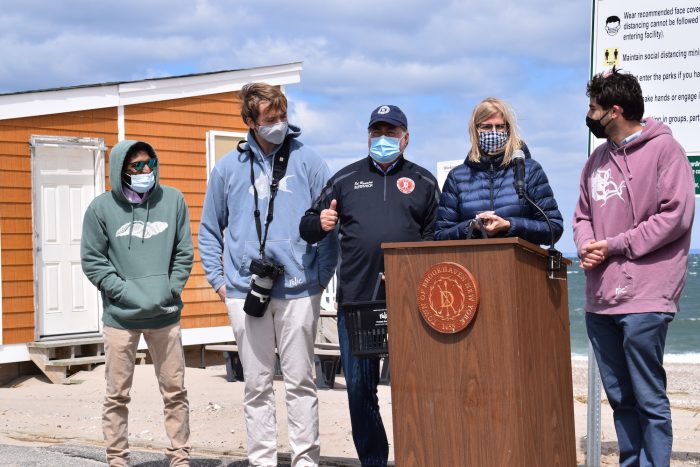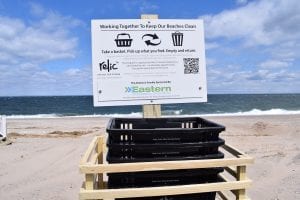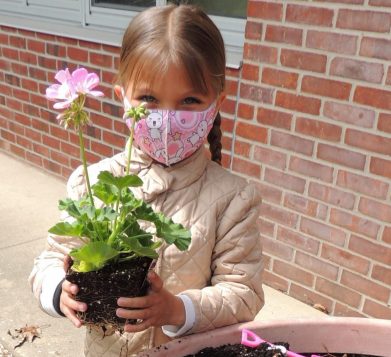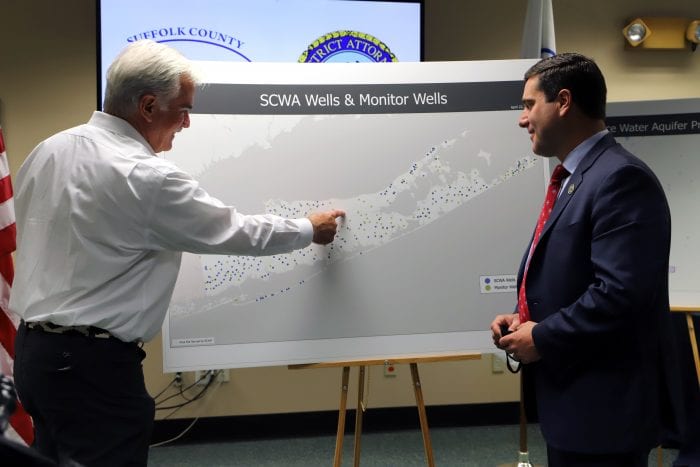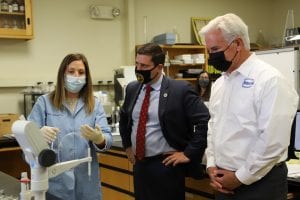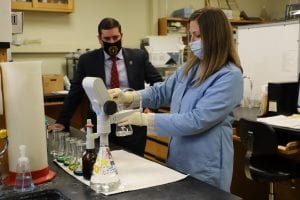Earth Day is an annual holiday that was started by Wisconsin Senator Gaylord Nelson in 1970 to promote environmental policies on a national scale. Following the first Earth Day, Congress authorized the creation of the Environmental Protection Agency. Earth Day also led to the passage of the Clean Water and Endangered Species Acts.
In 1990, Earth Day went global and mobilized 141 countries to participate in protecting the environment. The date April 22nd was chosen for Earth Day to maximize the number of university (and K-12) students that could participate in celebrating the holiday.
The theme for Earth Day 2023 is “Invest In Our Planet.” This year’s theme focuses on engaging governments, institutions, businesses, and the more than 1 billion citizens who participate annually in Earth Day to do their part — “everyone accounted for, everyone accountable.”
The following are some ways to celebrate the planet this April.
• Leave the car at home. Winter weather is a distant memory by late April in many places, making Earth Day an ideal time to travel by foot or by bicycle instead of by car. That’s not only fun, but also a great opportunity to learn about carbon emissions. The United States Environmental Protection Agency reports that a typical passenger vehicle emits about 4.6 metric tons of carbon dioxide each year. Vehicles also emit a substantial amount of methane and nitrous oxide. This is why gas-powered vehicles are so often linked to climate change, much of which is driven by greenhouse gas emissions. A car-free Earth Day can be fun and serve as a catalyst for conversation about the effects of gas-powered vehicles on the health of the planet.
• Volunteer with a local environmental organization. Environmental organizations are committed to the ideals behind Earth Day all year long. However, each Earth Day many of these organizations sponsor eco-conscious efforts to help the planet and raise awareness about issues like climate change. Volunteering with a local beach or park cleanup or signing up to walk and raise money for a local environmental charity makes for a fun and educational way to spend your Earth Day.
• Get your hands dirty and plant. The National Forest Foundation notes that planting trees can have a profound and positive impact on the planet. According to the NFF, planting more trees helps forests to sequester carbon, which can have a significant effect on climate change. The NFF estimates that 100 mature trees can remove 50 metric tons of carbon dioxide equivalent and 430 pounds of pollution from the atmosphere. Even if you can’t work with a local forestry organization to plant more trees in a nearby forest, planting native trees on your own property can help combat climate change.
• Involve children in your efforts to combat climate change. Today’s adults likely won’t be the ones forced to confront the more challenging consequences of climate change. Unfortunately, that cost is likely to be passed on to future generations. That makes this Earth Day a great time to involve kids more directly in efforts to combat climate change. Explain the significance of avoiding the car, volunteering or planting trees in terms that kids can understand, emphasizing that the future of the planet could very well be in their hands. Earth Day takes on greater significance each year as the effects of climate change become more noticeable. This year the holiday can be celebrated in various ways that are both enjoyable and educational.
Attend an Earth Day event. Being in community with other climate activists and Earth-lovers is the best way to spend Earth Day. There are many events in our area this weekend. See the list in this week’s Arts & Lifestyles.


